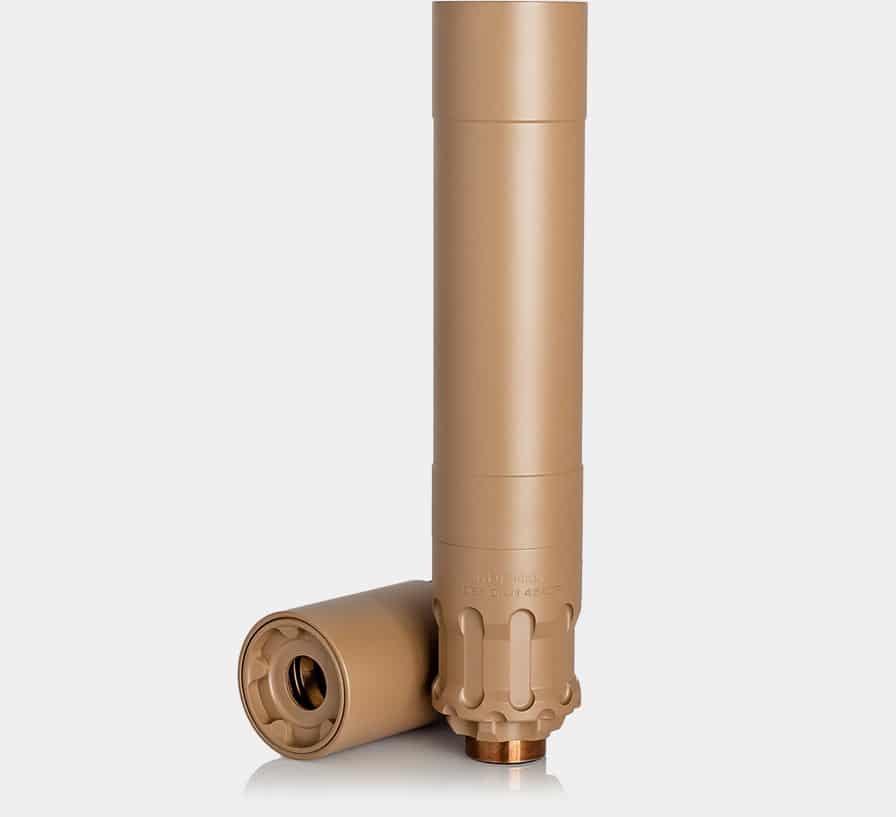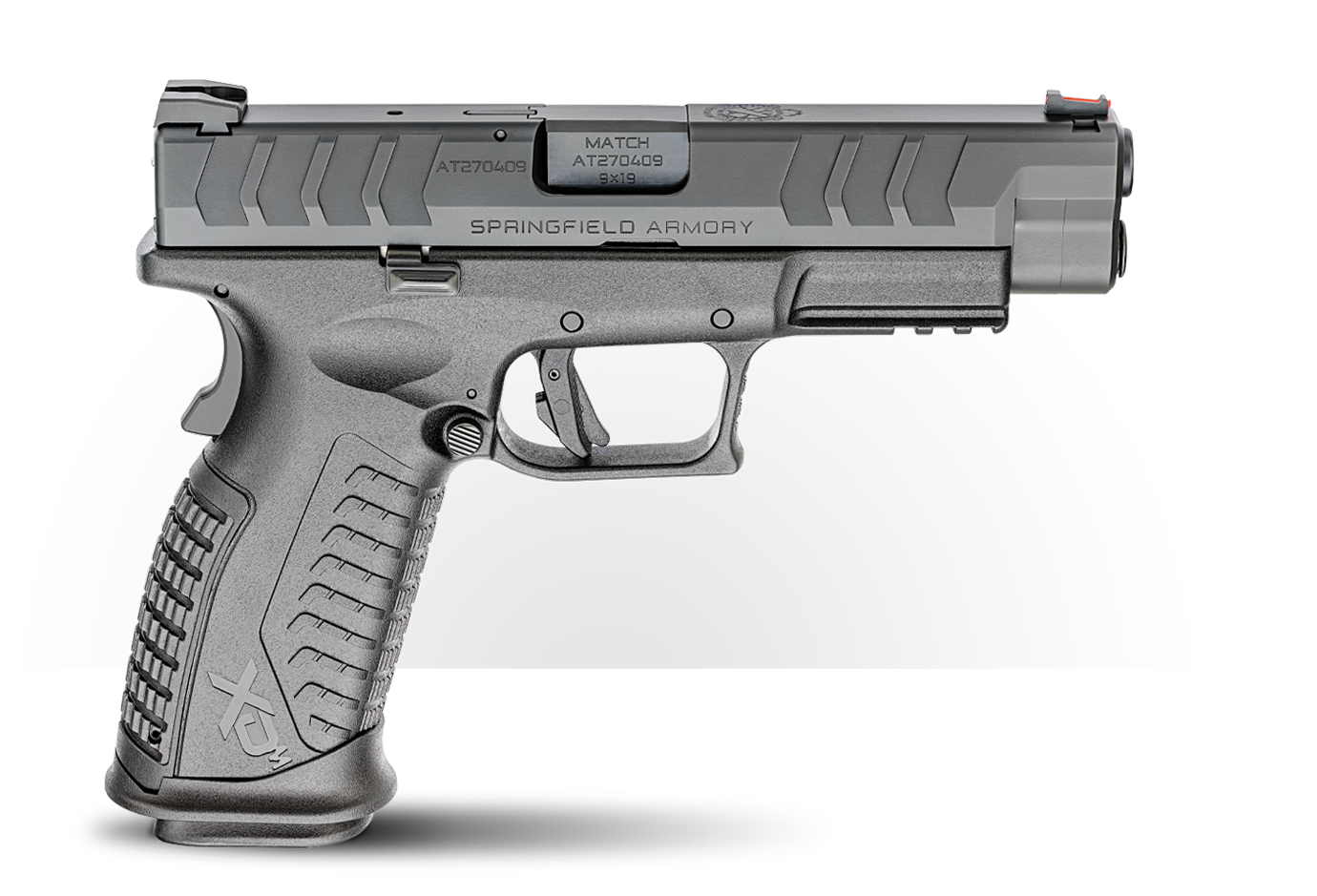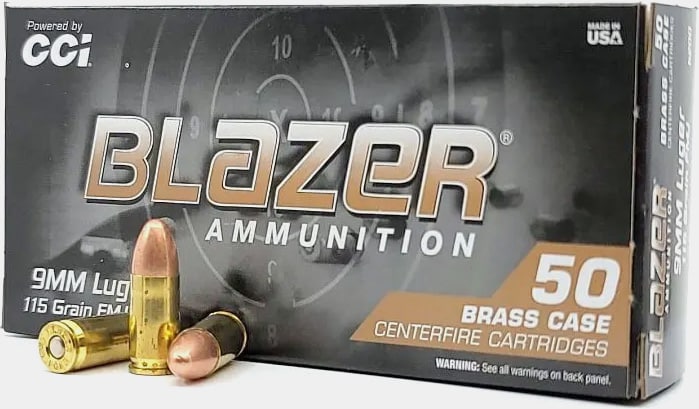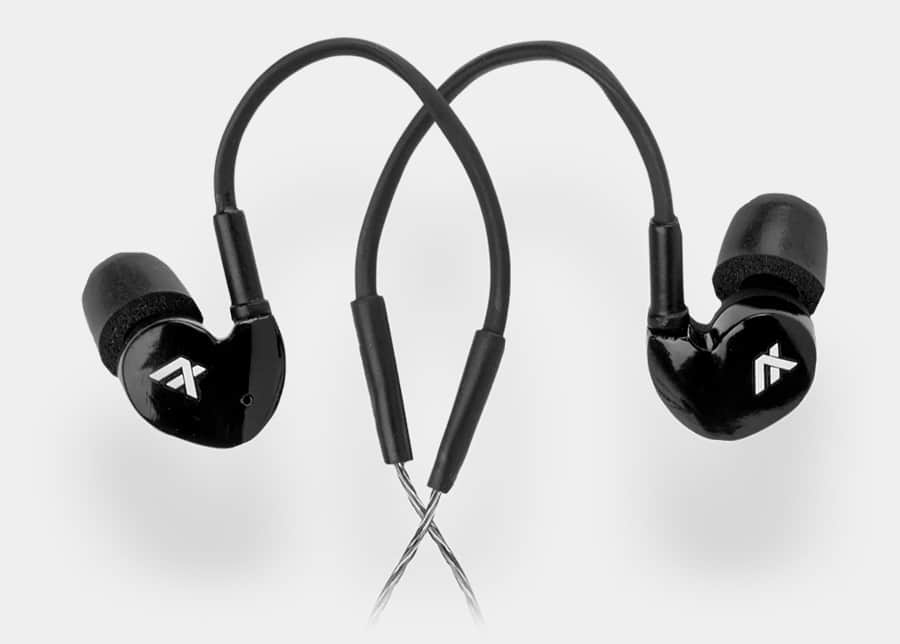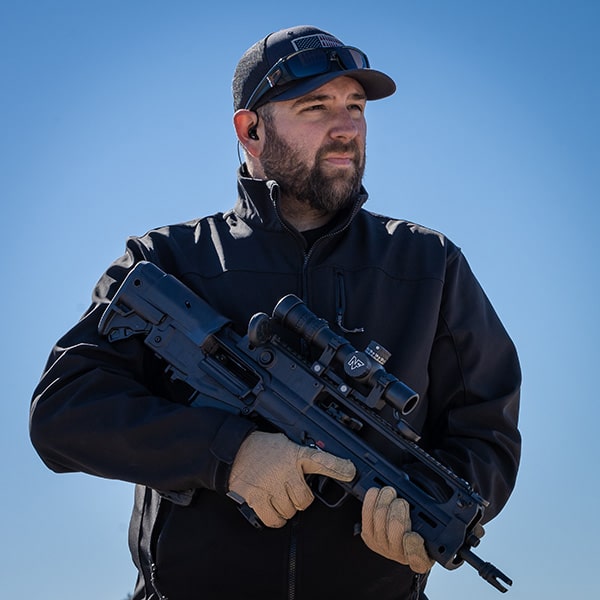I am sure many of you can relate to this. During my childhood, I watched lots of spy movies, and James Bond flicks were a particular favorite for me. That pistol wielded by Pierce Brosnan, equipped with that mythical device that turns the sound of gunfire into that of a zipping laser, was something I absolutely NEEDED.
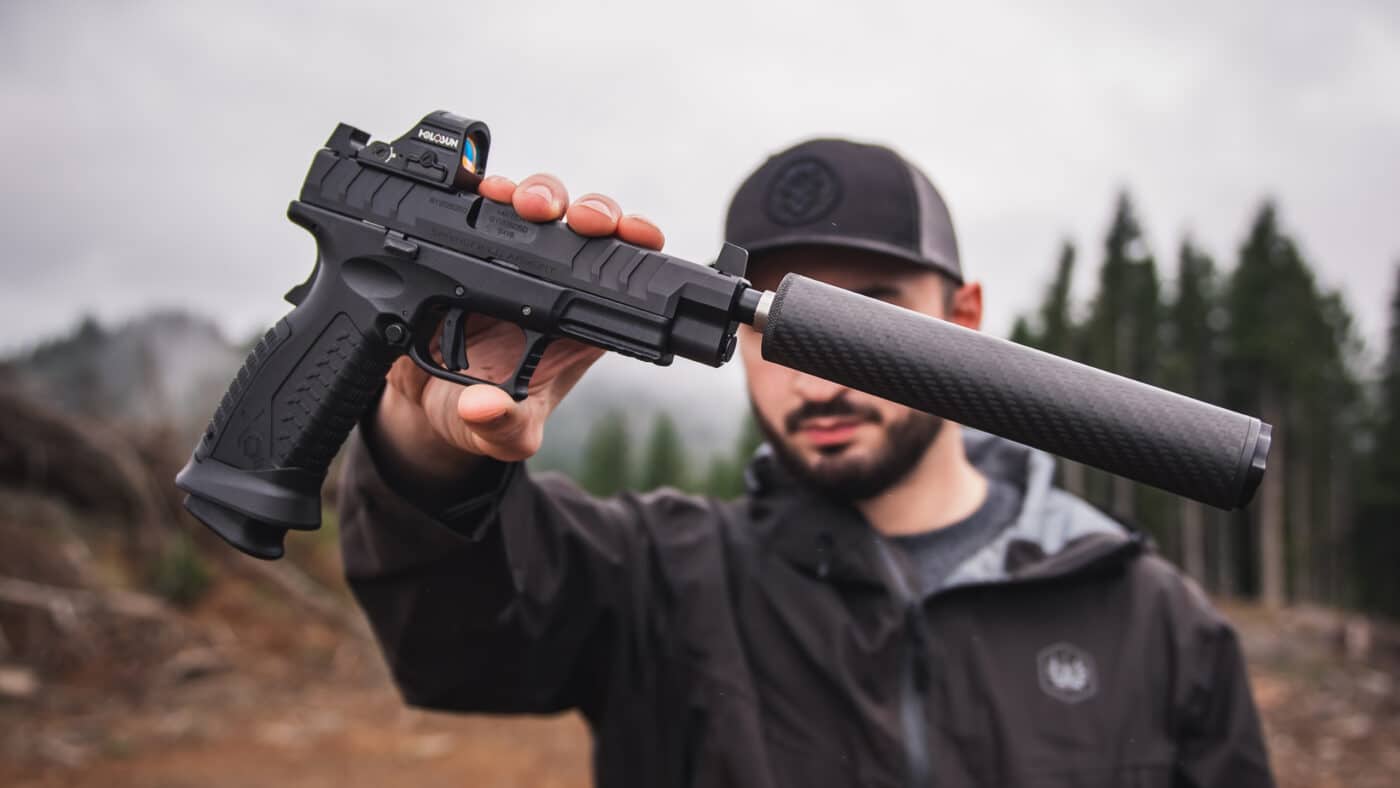
Now, let’s snap back to reality and ask ourselves a few questions. Are suppressors or “silencers” legal? How do suppressors work? What steps do we need to go through to purchase a suppressor? And, is it worth all the trouble?
Legal Questions
The first and most common question to answer here is, “are suppressors legal to own?”. The answer is, generally, yes. But, this depends on which state you live in. Suppressors are regulated under the NFA (National Firearms Act) and are subject to federal background checks, lengthy waiting times and a $200 tax.
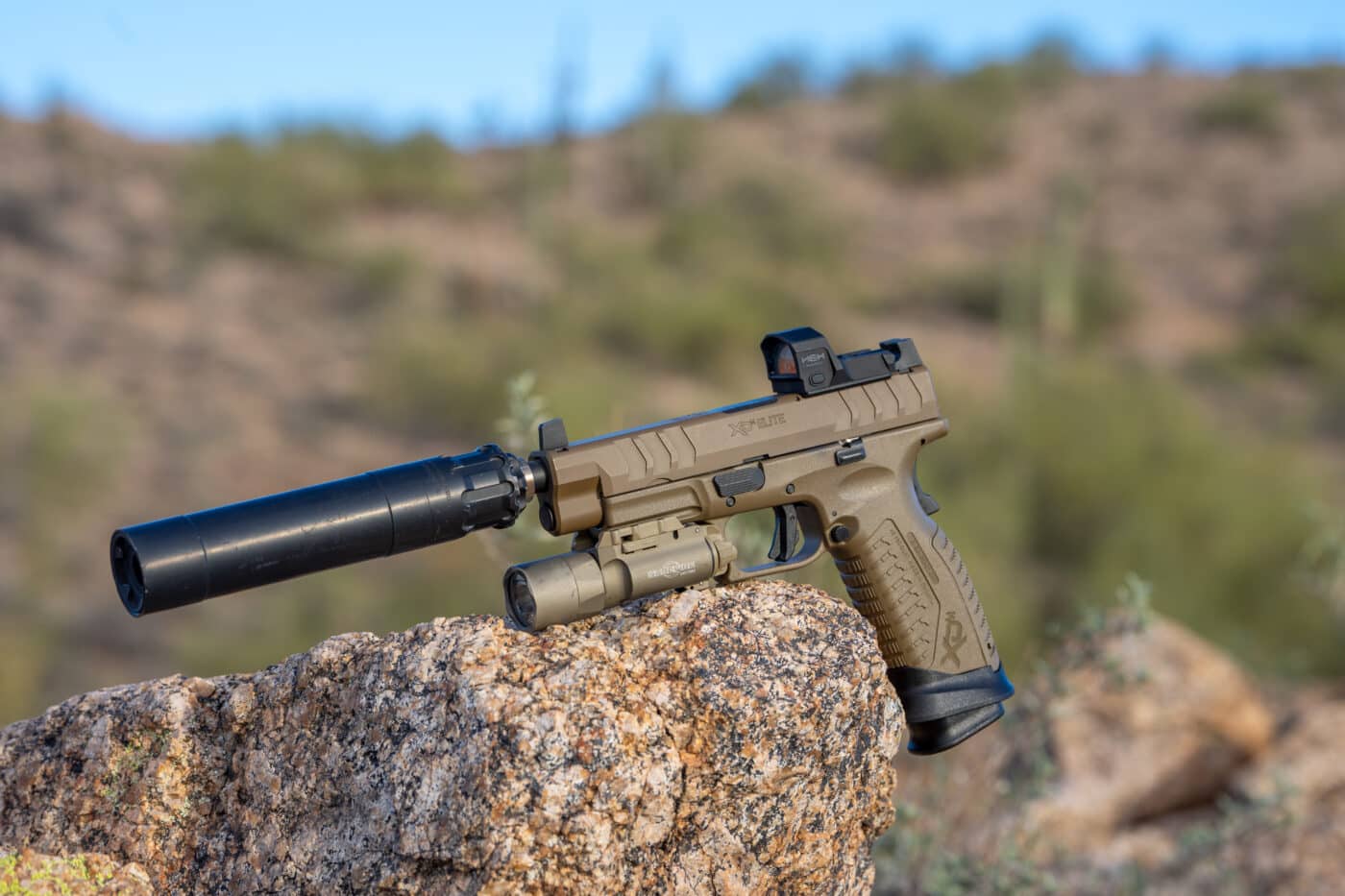
Some states do not permit ownership, but federally they are allowed. Generally, whenever you bring your suppressor out shooting, you will need to be able to show proof of a tax stamp and legal ownership, whether this is through a trust or private ownership.
Details on Suppressor Ownership
First, the term “silencer” is a bit misleading as they do not actually make a gunshot silent. They do, however, suppress the sound signature of gunfire by a significant amount. Trivia fact: The term “silencer” comes from the original sound suppression device patented by Maxim in 1909 called the Maxim Silencer.
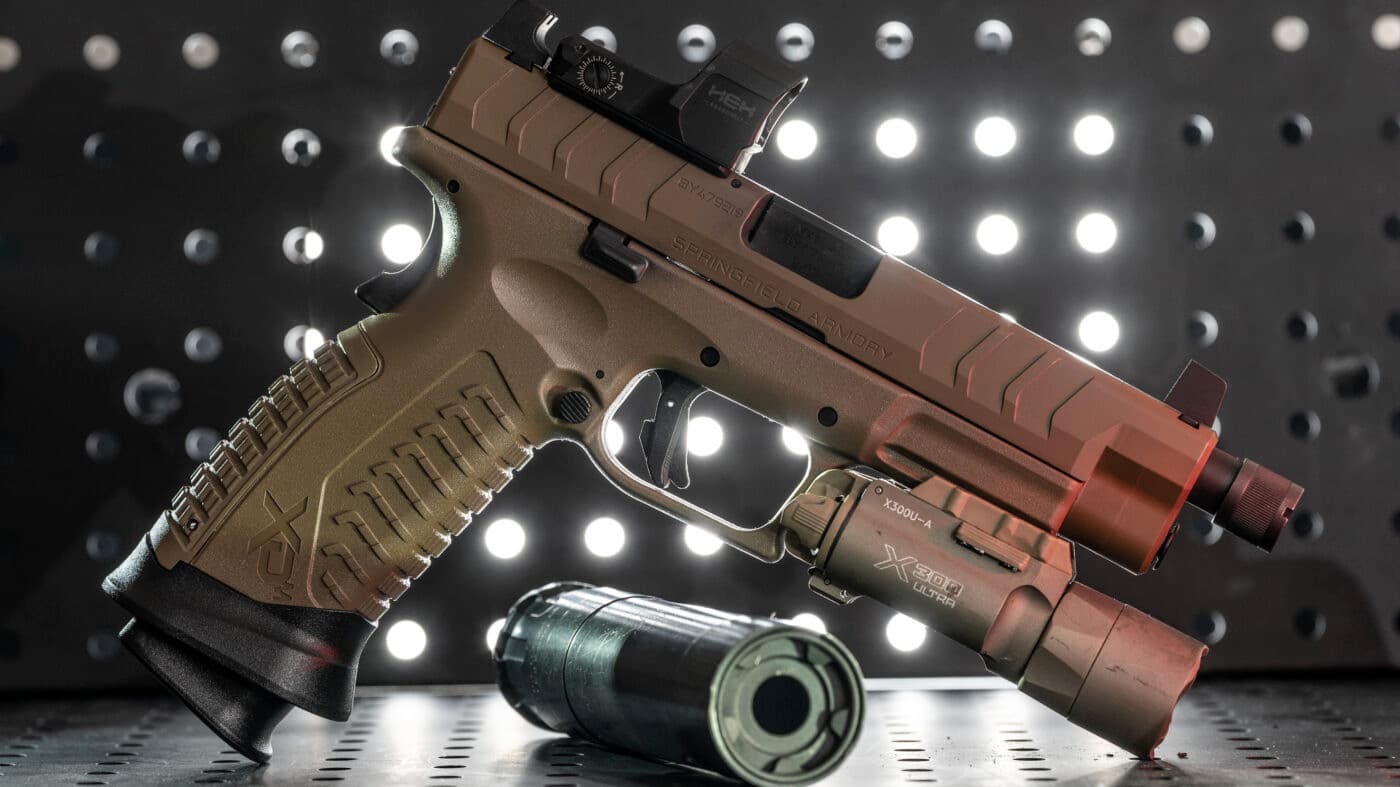
Suppressors work by trapping expanding gasses from the fired round once it is ignited. Generally, most modern designs use a series of baffles to trap and slow these gasses, thereby reducing the sound signature. There are, of course, other unique designs that use chambers and other measures to trap and slow down the gasses.
In general, the end cap and baffle holes of a suppressor are typically sized per the caliber type to trap as much gas as possible without affecting the ballistics of the round being fired. There are numerous multi-caliber models available that can work with a range of calibers.
Purchasing Power
As stated above, suppressors are subject to the NFA and require a specific ATF form to be filled out, a background check, a $200 tax and a lengthy wait time.
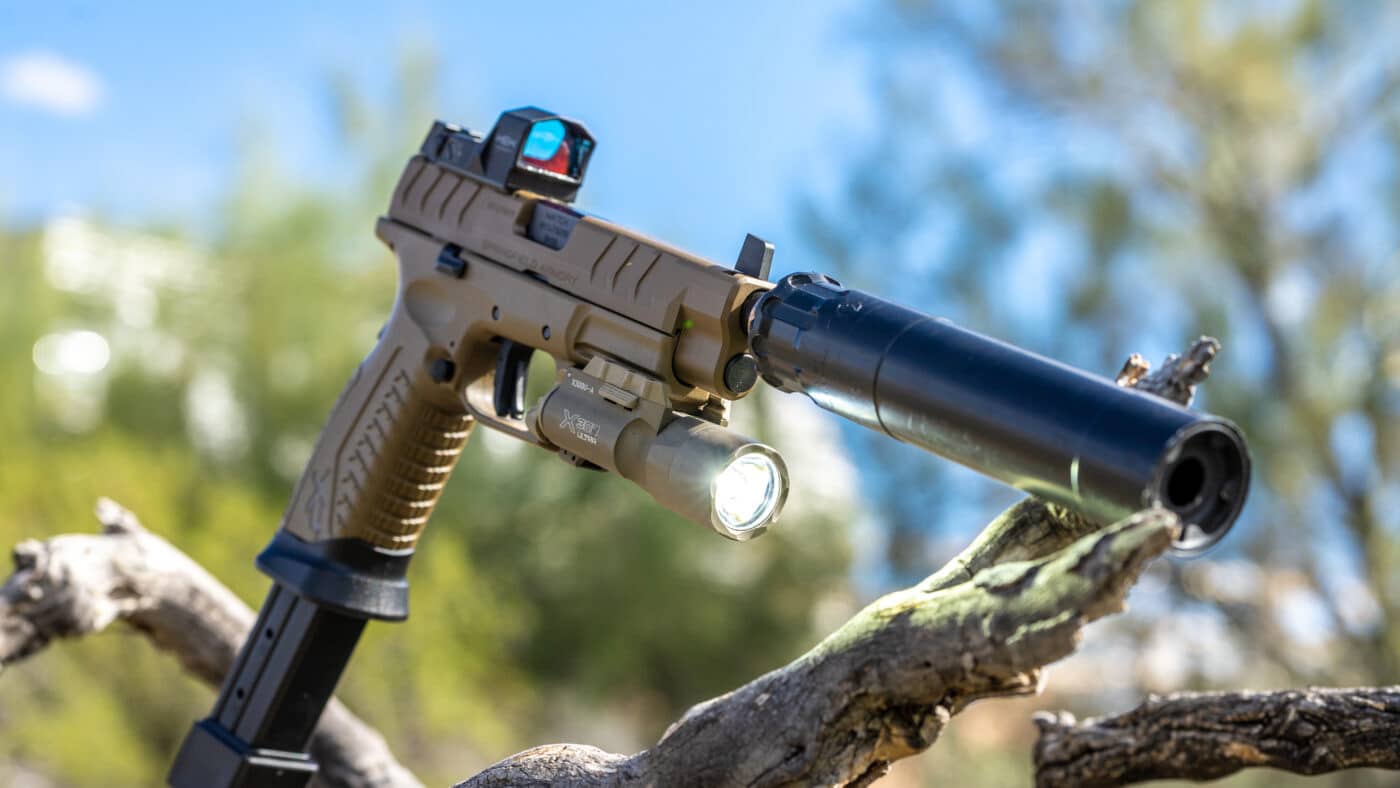
If you want to make your own suppressor or buy a kit, you will need to submit an ATF Form 1. If you want to purchase a suppressor, you will need to submit an ATF Form 4. Both forms require a $200 tax to process, which is not typically included with the suppressor cost.
The Form 4 has been known to have a lengthy wait time, while the Form 1 is drastically less. For example, my purchase of two suppressors is indicative of this situation. My first suppressor was a Rugged Obsidian 45 suppressor that took around 12 months to finally get ATF approval and my stamp. The second suppressor is still in “suppressor jail,” and as of this writing, I am on month 12 with no approval yet.
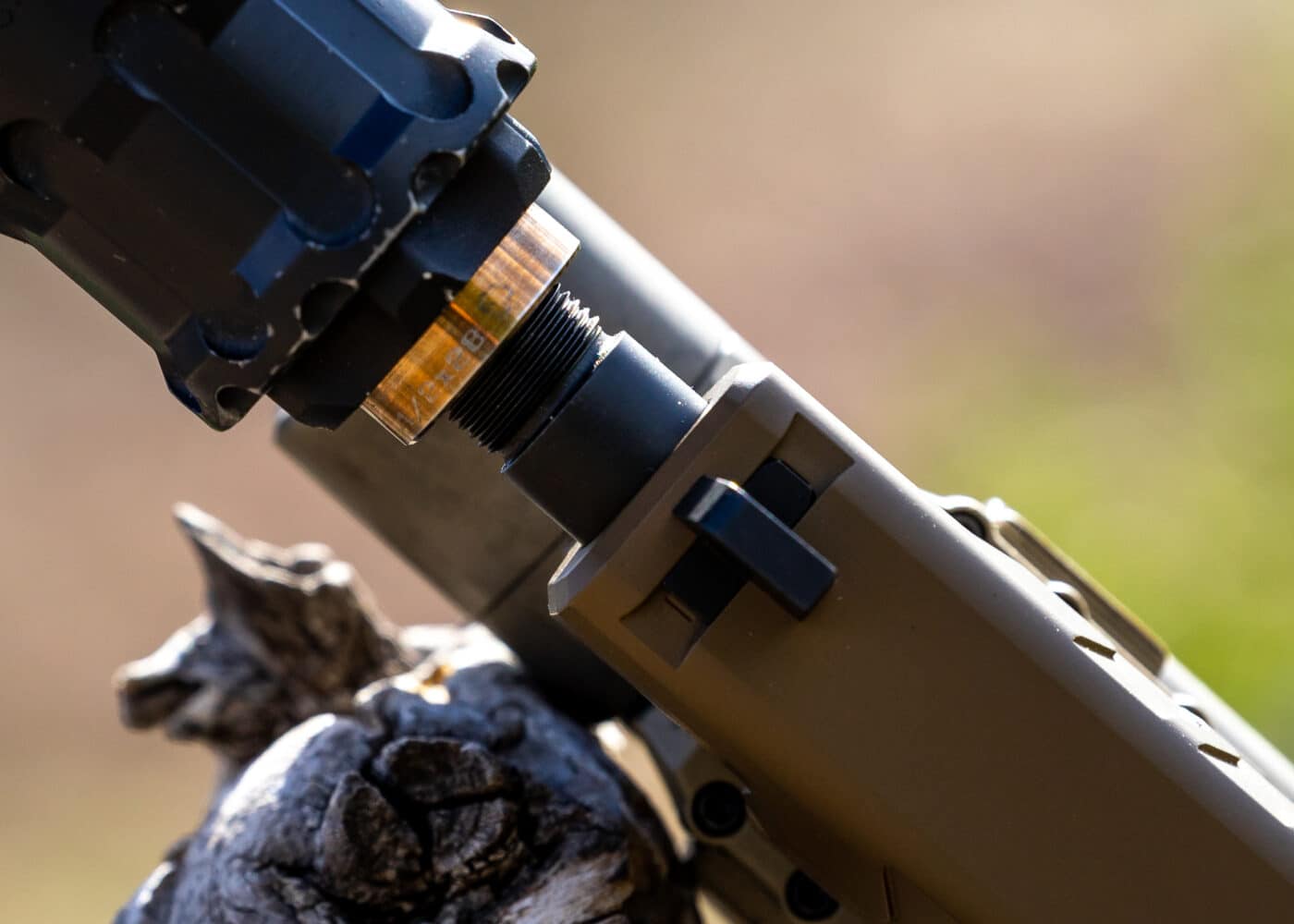
There is some good news, however! The new ATF eForms have been rolled out. The ATF stated they have a processing target of 90 days. So basically, once you submit your form and pay the $200, you very well could only be looking at just a three-month wait.
Worth the Effort?
As you can see, there are some inconvenient steps we all must go through to purchase a suppressor. There are some incredible resources out there that really help facilitate the process of purchasing these magic cans, making things as seamless as possible. But, it is still a process.
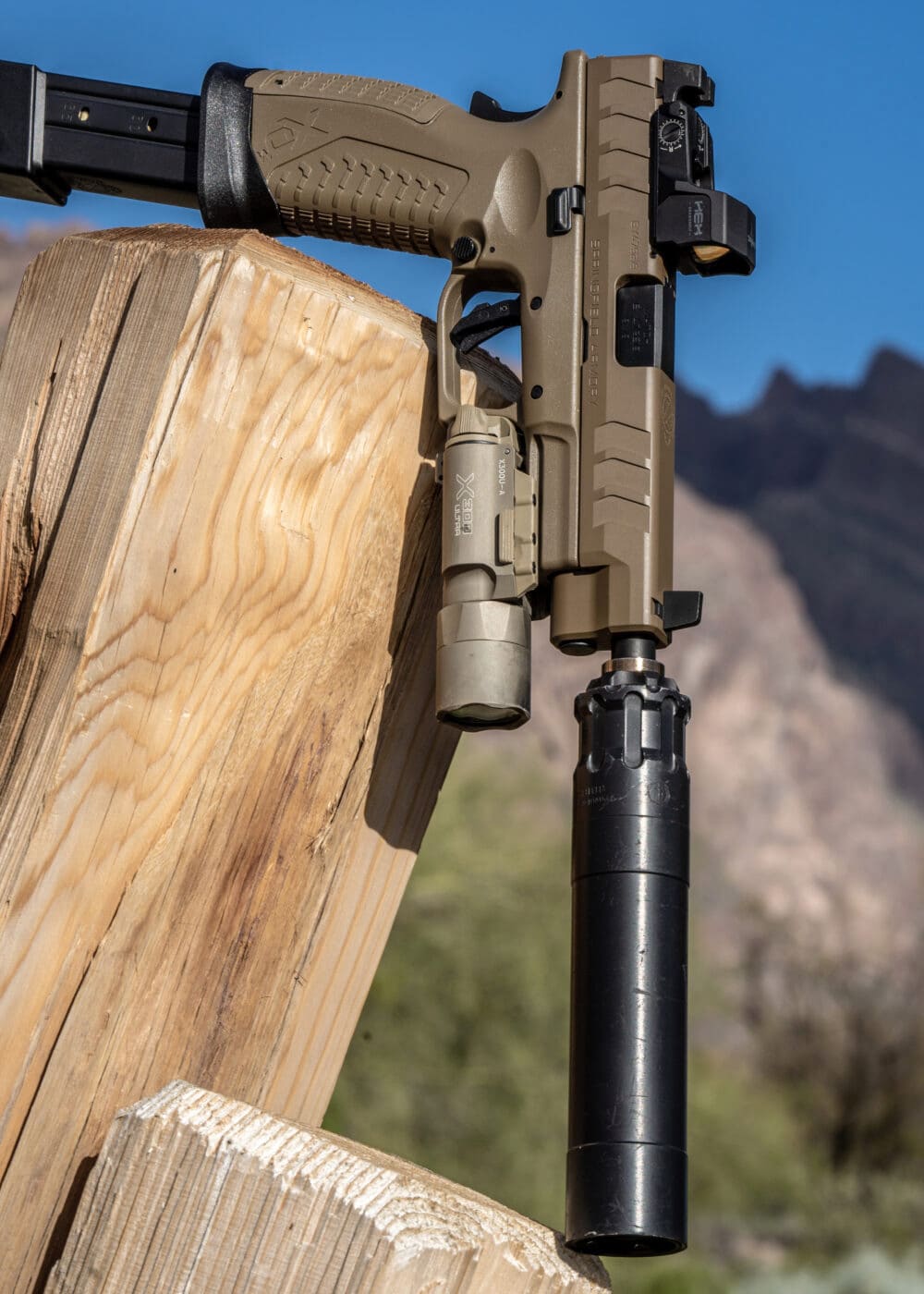
So, let’s consider the pros and the cons, but in reverse order:
The Negatives
- Suppressors are generally expensive. Most centerfire suppressors will start around the $500 mark and go WAY up from there. On top of that suppressor cost, you need to pay the $200 tax stamp.
- The wait time is excruciatingly painful, especially when you must fork over the money before the process even starts. Basically, that means you pay your $1,000 for a suppressor that you won’t see for an entire year (but that might be different with the eForms).
- Some people have an issue being on a list that features NFA items.
The Positives
- Suppressors can really be effective, especially when using subsonic ammunition. Suppressing a .22LR, .45 ACP or most any centerfire handgun for that matter is just fun. I would always suggest using hearing protection, but some rounds are reduced to safe levels when equipping a suppressor. Try a bolt-action .22 using subsonic or short ammo. It is FANTASTIC.
- Suppressors are definitely less effective with supersonic ammo; however, they still reduce noise of the gunshot and change the sound signature.
- They just look freakin’ cool.
Conclusion
While some people might think owning a suppressor is NOT worth all the effort, I personally think it is. The wait time and tax stamp are big negatives, but I have found once I purchased my first suppressor, they became totally addictive. Suppressing a firearm is fun and good for the ears. If you ask me, it’s well worth the effort!
Editor’s Note: Please be sure to check out The Armory Life Forum, where you can comment about our daily articles, as well as just talk guns and gear. Click the “Go To Forum Thread” link below to jump in and discuss this article and much more!
Join the Discussion
Featured in this video
Continue Reading
Did you enjoy this video?

 82
82




